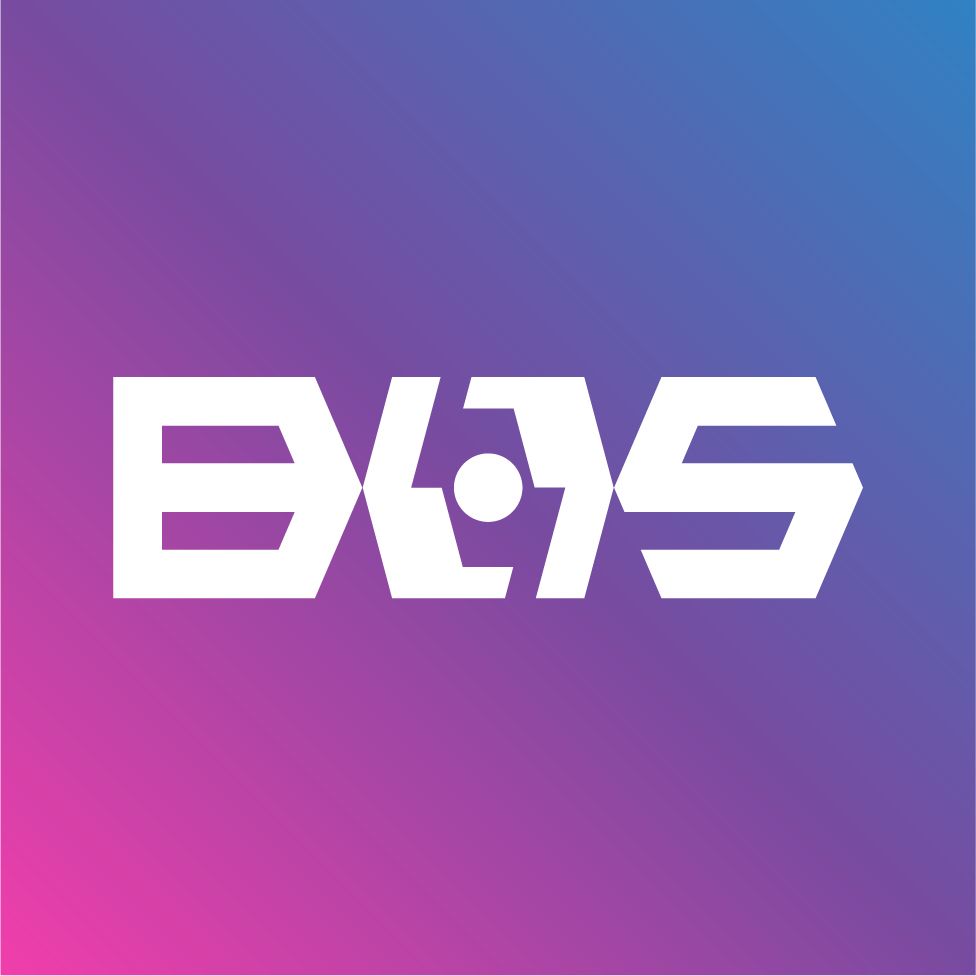676 reads
0VIX Launches Pre-mine, Introducing Unique Risk Management Feature
by
November 14th, 2022
Audio Presented by

The Blockchain Oracle Summit is the only event in the world to focus solely oracles.
Story's Credibility

About Author
The Blockchain Oracle Summit is the only event in the world to focus solely oracles.